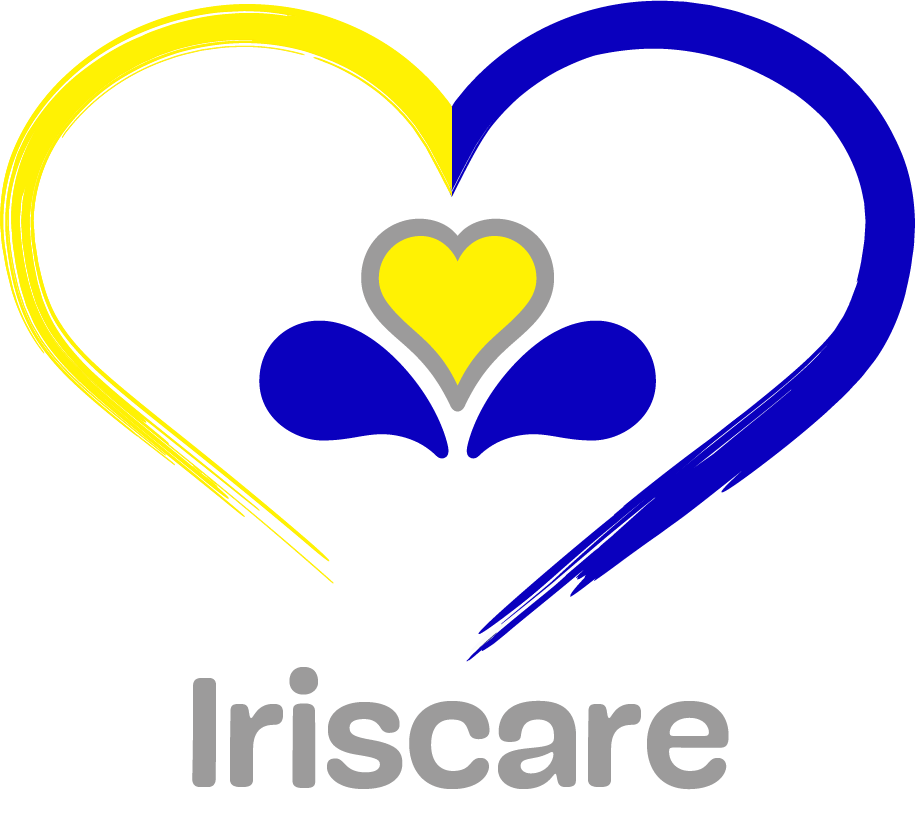Bienvenue sur le site de la Commission communautaire commune de Bruxelles-Capitale (Cocom)
La Cocom règle et gère essentiellement les matières personnalisables (santé et aide aux personnes) en région bruxelloise. Elle est compétente à l'égard des personnes (les Bruxellois et Bruxelloises, mais aussi celles et ceux qui bénéficient, à Bruxelles, des services des institutions de santé et d'aide aux personnes) et de plus de 300 établissements et services bilingues (hôpitaux, CPAS, services de soins, centres d'accueil, etc.).
Les compétences de la Cocom sont exercées par deux institutions : son administration, Vivalis et un organisme d’intérêt public (OIP), Iriscare.


